Perspective…it is a central component of photography, although it’s one that you probably don’t actively consider when composing a shot. For our purposes, perspective can be described as the dimensions of objects within a scene and the measurements between them as they correspond to the viewpoint of the camera. This simply means how things appear in a composition from the camera’s point of view.
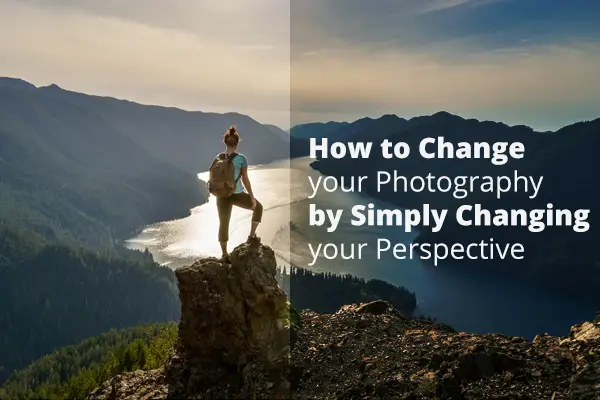
Keep in mind, this has nothing to do with the focal length of the lens or any electronic settings within the camera, but only how the scene physically exists between itself and your camera.
Fortunately for us, we can completely change the scene simply by altering that perspective. And another happy coincidence: Altering the perspective is simple to do!
So the $64,000 question is, why would you care about changing up your perspective? In short, to get out of a rut. And that rut is the majority of the photos we take tend to be from one recurring perspective: Eye level and straight on to the scene or subject. Why? Because that’s where the camera is when we bring it up to peer through the viewfinder.
So let’s discover a few ways that will help us change that, get out of the rut, and maybe change our outlook on composing a great photo.
Get Low
My personal favorite, lowering your perspective is a great way to change the scene entirely. You might want to try to recreate the perspective a child or an animal might see; getting low to the ground can accomplish this. It keeps the scene at the same angle as you would have from a normal shooting position, but changes the spatial relationships between objects and tends to make your subject appear larger and more imposing.

Don’t be afraid to get dirty! Using this technique could mean having to get on the ground and moving around until you find the right spot, but the results are well worth the effort.
My personal preference is to squat down as low as possible while holding the camera, so I’m able to move around quickly to change position. If your DSLR has a “Live View” mode and a swiveling LCD, you can use this to monitor the position of your camera to keep the horizon move level.
Shoot From Above
Shooting a scene from above introduces a broader sense of scale and, depending on the height, can make your subject appear smaller compared to its surroundings. Climb a ladder to shoot portraits from above, or climb a building to give your landscape shots some added punch.
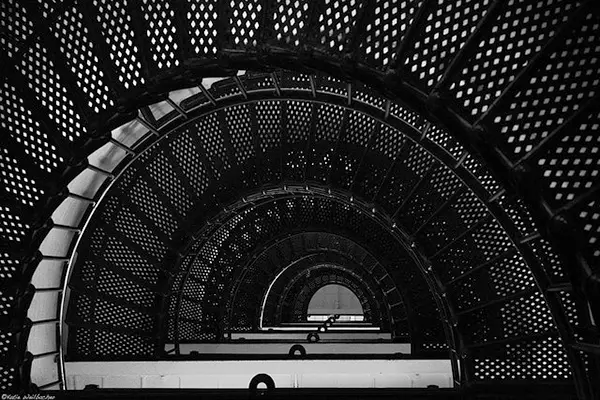
Shoot From Below
Like shooting from above, shooting low and at an upward angle can change the sense of scale a scene has, but instead of making subjects less impacting, it can maximize their presence in the photo. Shooting in a forest, city or anywhere where there are tall objects surrounding you can make for a unique, impactful shot when using this perspective.
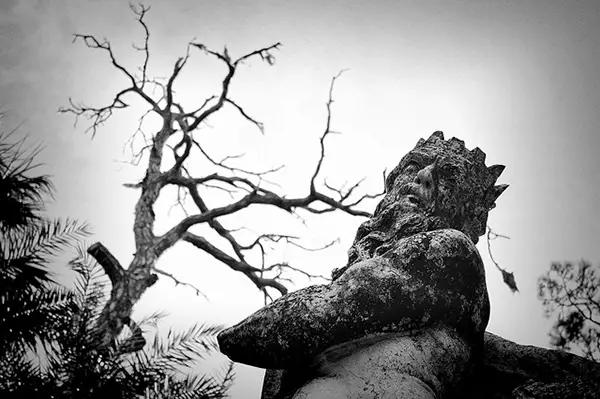
The downside? Yes, you’ll be laying on your back a lot!
Shoot From the Hip
An introverted street photographer’s best friend, shooting from the hip is often used to take a photo without looking like you’re taking a photo. But shooting this way has other benefits as well. As with all of our examples, you’re going to introduce a unique quality into the shot that can’t be achieved by shooting at eye level.
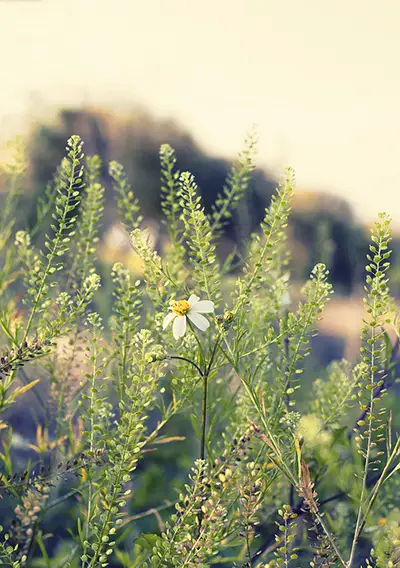
At this angle, you’re cutting off what humans normally see just above eye level, and you can use this creatively to introduce questioning and wonder into the scene, depending on your subject matter.
Angles and Camera Tilt
One of the most common pieces of advice you’ll hear in the photographic world, especially with landscapes, is to make sure your horizon is level. While that’s normally very good advice to follow, one of the easiest ways to switch up the scene and introduce a little chaos is to tilt your camera.

Although this usually works best with portraits, it can work in a landscape scene as well, especially one shot in a vertical format. The off-kilter angle causes the eye to proceed through the scene differently than usual, and this can be used to your advantage when attempting to create something unique in the photo.
Use a Different Lens
While I’m not covering any electronic means or camera features here, using different lenses can, of course, alter perspective as well. This could mean moving from a longer focal length to a wide-angle lens, to display more space in the scene, or using a specialty lens such as a fisheye or tilt-shift.
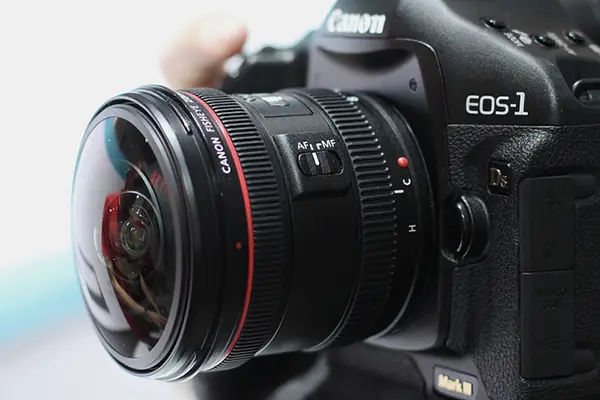
Just remember, anything that is different from the norm, or a little unlike what we normally see, can be attractive to viewers and keep them interested in your photo.
Get Closer…No, Closer
Another mainstay in the world of photographic advice is to get in close and fill the frame with your subject. As photographers, we are often afraid to do this, because we are fearful we’ll lose information in a scene and not capture enough to create an interesting photograph.

Surprisingly, sometimes getting closer to a subject can maximize impact by removing unnecessary components of the scene and focusing on the real story the photographer is trying to tell.
Back It up
Similarly, moving further away from the subject can create an impact as well. This technique is used often in minimalist photography, where the subject is usually laid upon a simple background, thereby emphasizing it.
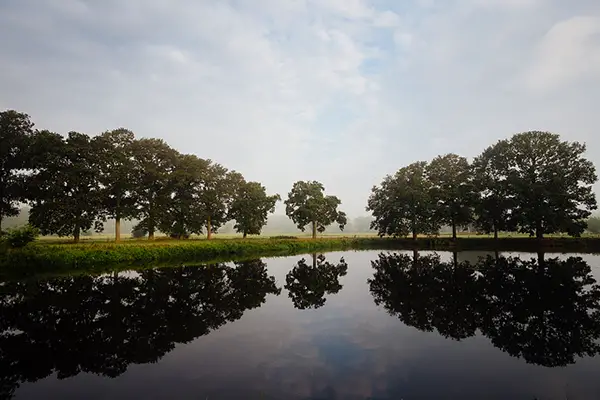
This might involve zooming out to your shortest focal length or, if you’re in with the cool kids in the prime lens crowd, physically moving back to make the background or surrounding space a more important component in the scene.
One of my favorite photographers, Robert-Paul Jansen, uses this technique often to create his incredible, minimalistic landscape images.
Framing
An incredibly effective method of focusing attention on a subject in your scene is by using framing. This simply means finding a naturally occurring, rough square or rectangular pattern to surround your subject with. This allows the eye to have a focus point, and ensures that the viewer is led to the more important subject matter in the photo.
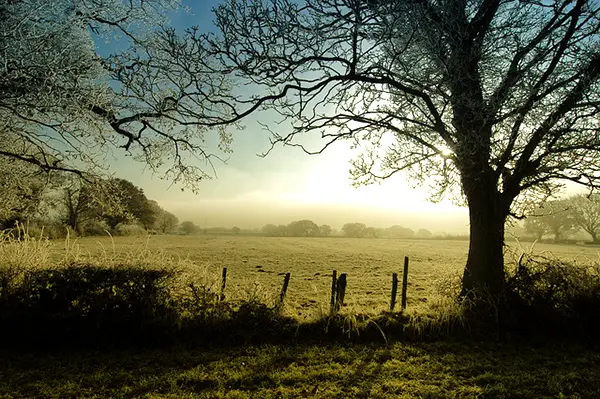
Doorways, windows, the crooks of trees and other natural objects can all create a frame for us to set our primary subject in.
Using Lines and Leading the Viewer
This is a good technique to employ through all of your photography. Some of the most impactful photographs bring us in to the shot with an entry point, and then lead our eyes to another point through lines. This is appealing to the human eye, and can cause us to repeat the process, keeping our attention on the photo.

While using your photographic eye on your surroundings, attempt to visualize how lines and patterns in a scene would draw your viewer in, and take advantage of objects that would compliment this goal. Trees lining a road, posts along a trail, or even a line of birds on a telephone wire can be used creatively in a scene to form a path for the eye to follow.
In summary, altering perspective is not only one of the most effective tools we have as photographers to create an interesting photograph. It is also one of the simplest to employ. Photography isn’t about copying what everyone else is doing. It’s about capturing a moment in time the way you see it, conveying the emotions you feel when capturing it, and telling the story you felt should be told. If you want to set yourself apart, change things up a bit, and do something different!
Do you have other techniques we didn’t mention here that help you change perspective in your photography? Sound off in the comments, and maybe we’ll all learn something new!









0 comments